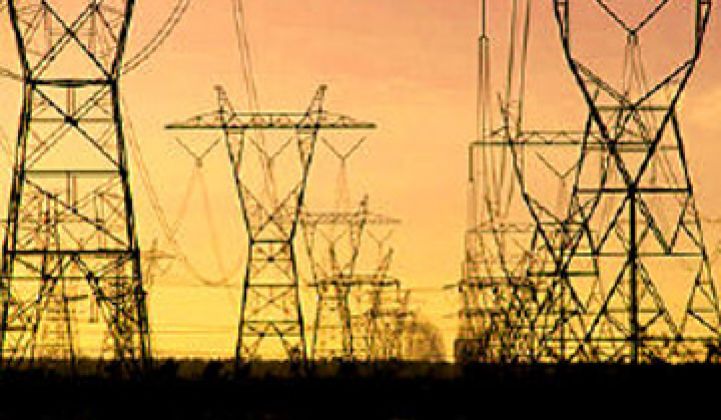At smart grid conferences, speakers like to point fingers at an outdated regulatory framework that hinders utilities from operating in a changing energy landscape.
The identification of those roadblocks is almost never followed by suggestions on how to fix them.
It’s not easy to offer sound-bite-worthy fixes for the conundrum. With 50 regulators across 50 states, there cannot be a one-size-fits-all solution.
In an effort to move beyond the rhetoric of inaction, Ron Binz and Ron Lehr, both former commissioners for the public utility commission in Colorado, are launching Utilities 2020, a nonprofit-funded working group designed to tackle these issues.
“I’m not sure what’s the chicken and what’s the egg,” said Binz. “We’ve been doing this long enough to see that the requirements on regulation have really changed.”
The group, which will be announcing an advisory council made up of a cross-section of industry professionals in coming months, knows it has its work cut out for it.
Although many regulators and utilities are hungry for a clearinghouse for industry best practices, there currently is not one. Also, given the inertia that the industry is known for, many insiders are skeptical of what can be accomplished.
If anyone can do it, however, it’s Binz and Lehr. The two veterans are not starting with a clear-cut agenda, but rather just reaching out to stakeholders and asking questions. For regulators, it’s about what outcomes they’re looking for. With utilities, it’s about what they need out of regulations to compete in a clean energy economy.
The answer will not necessarily be deregulation. In fact, Binz said that the group will look at what can be done within the current system, rather than how to move markets to a deregulated system. “We’re not anticipating our evaluation will go into market design,” he said.
Binz is also weary of expectations and open to ideas: lots of them, in fact, and the newer the better. The group will be examining the rate-based system of return that is currently in place in most states, and how that can be tweaked, or thrown out the window, to incentivize efficiency, distributed generation and other services.
“Are utilities being compensated for doing the correct things?” asked Binz. The answer too often is no. How do you get there? What’s the first step? What is the last step?
The reason no one has those answers at conferences is that most people, including the regulators, just don’t know. Many commissions are strapped for resources, and don’t have the luxury of having staff that can commit time to thinking about how to craft future regulation. Most can barely keep pace with what’s on their desk.
After some data gathering, including interviews with a cross-section of utility executive and state regulators, Utilities 2020 will likely put out some think pieces to engage a larger audience. “What we’re looking for is a spectrum of approaches that can be used in different states for different utilities,” said Binz. Realistically, this will not be an organization that tries to grow federal oversight of smart grid, but will instead focus on the individual state mechanisms that are already in place.
The first step, he said, is to just get a real dialogue going. It sounds like a no-brainer, but in a world where the stakeholders have to follow the rules about how they can interact with each other, it’s no small thing. “Having a conversation where everyone lets their hair down about what works and what doesn’t work is a precious commodity in and of itself.”



